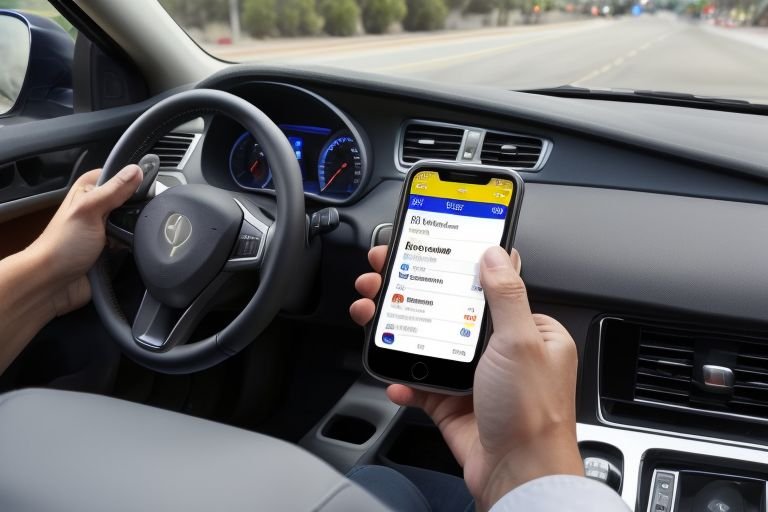
California Drivers Licenses Now Available On Apple Wallet
In a major boost to all things digital, the California Department of Motor Vehicles (DMV) has revealed residents can now store driving licenses and identification cards in Apple Wallet. This development represents a significant advancement in the state’s process of modernizing its services and offering Californians better and safer solutions for toting their official identification in their wallets.
The new feature that supports iPhone and Apple Watch devices enables people to save a copy of their driver’s license or ID card within the Apple Wallet app. This digital ID can be used specifically at certain checkpoints, such as the TSA PreCheck lanes in the airports, which provides the ability to avoid contact with TSA personnel and may be done quicker than compared to using a physical identification card.
Currently, to add their license or ID to the Apple Wallet, residents of the California must download the latest version of iOS and then use the Wallet app to scan the front and back of the actual card. To the user’s device, there will be approval by the DMV after verifying the information submitted. In the interest of security, users will be required to take a picture using their device, the picture will then be sent/received to the DMV to verify against the picture saved on the DMV.
This feature’s release in California is part of Apple’s plan to engage with state governments throughout the country to bring out the digital IDs. As one of the most populous and technologically developed states, California is targeted as a major state that could help spur further take-up of digital IDs nationally.
That means both privacy and security have been important factors when it comes to working and building this technology. Apple has stated that they or the state of California cannot log when and where individuals present their digital IDs. The information is securely stored on the user’s device, further the application protects it by Face ID or Touch ID from unauthorized users.
The use of these specifically designed and verified digital IDs is being taught to police departments in both LA and throughout California. Although the absorbent material may be used legally in most cases, officials are encouraging citizens to keep their hard copies handy for certain situations during the phase of implementation.
It is believed that the general introduction of IDs that have been rolled out in the digital platform is expected to affect different fields in Los Angeles. Among the companies interested in the vehicle recognition system are bars, night clubs and other sites that demand a person to be 18 years and above hence issues on fake identification might be resolved by the use of the system in checking the identity of a person. But such businesses have also stepped up to train employees for the accurate validation of the new digital IDS.
Firms in the car rental industry in Los Angeles are also aware of the change. ID cards: batches of clone IDs, physical or digital, are now accepted across stores and counters, many are replacing their systems to incorporate digital IDs which can greatly reduce rent-owing time to customers. There is already evidence that this should be especially useful at locations with large volumes of customers such as the Los Angeles International Airport where savings on time per transaction will help provide more value.
Still, it cannot go unnoticed that there are several opposing voice as regards the technology in discussion. Certain sections of privacy in Los Angeles city have objected high possibility of surveillance and safety of data. The DMV and Apple have moved to assure people of the stringent security measures that have been put in place while undertaking to explain that the digital ID is not a replacement for plastic cards, but an extension of them.
The use of digital IDs is also contributing towards debates about digital inclusion in Los Angeles. Yet there are complaints regarding access to the new technology, this is because many residents are not connected to the internet, or they do not own the latest smartphones or are less IT literate. Some social organizations in Los Angeles have already told residents they are planning to conduct several workshops to facilitate their understanding of the new system.
However, other states in the country are equally observing the innovation embrace spearheaded by California and the corresponding implementation moves such as that in the giant city of Los Angeles. The success of the program here could create growing trends of using digital IDs across thecountry to modify the concept of using identification in America.
For now, Los Angeles residents are taking this newish form of control with equal measures of curiosity and wariness. Given the increasing frequency of digital ID use in the everyday lives of its users, this is one more indication that it is indeed a radical change to the identification processing model in the context of the digital world. These next few months will prove how well this transition is going, and what it means for identification future in California and other states.


